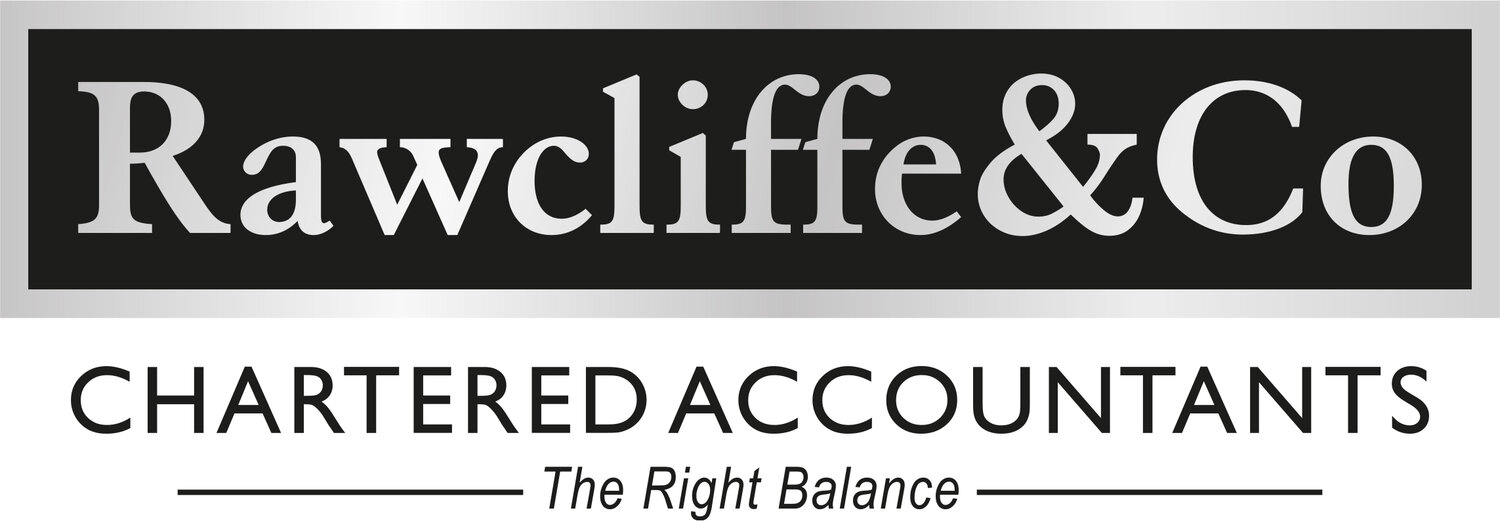Employment Taxes
For employees
The national insurance contributions (NICs) rates and annual thresholds for employees for 2025/26 are as follows:
Earnings below the LEL are not subject to primary Class 1 NICs and do not accrue entitlement to state benefits. Earnings between the LEL and the PT do accrue entitlement to state benefits and are subject to primary Class 1 NICs, albeit at the 0% rate.
For employers
The Chancellor announced a package of changes to employers’ Class 1 NICs that will apply from 6 April 2025:
· An increase in the employers’ NICs rate, from 13.8% to 15%;
· A decrease to the threshold at which an employer starts to pay NICs on each employee’s salary (the ‘secondary threshold’) from £9,100 to £5,000*; and
· A widening of availability and an increase in the amount of the ‘employment allowance’, which eligible employers can offset against their employers’ Class 1 NICs liability, from £5,000 to £10,500. In particular, the employment allowance has only been available to businesses who have incurred an employers’ Class 1 NICs liability of less than £100,000 in the previous tax year but that restriction will be removed for 2025/26.
* A higher secondary threshold of £50,270 applies for employees who are under 21 and apprentices under 25. Other variations can also apply.
This increase in employers’ NICs is undoubtedly a blow to some businesses and, indirectly, employees. Combined with the increases in the NMW and potential costs associated with reforms in employment law, these measures will stretch employer wage budgets and potentially lead to slower growth in some employee wages or higher costs for consumers.
Benefits in kind
Employees are required to pay income tax on certain non-cash benefits. For example, the provision of a company car constitutes a taxable ‘benefit in kind’. In 2025/26, employers will also pay Class 1A NIC at 15% on the value of benefits (13.8% in 2024/25).
The benefit value of a company car is calculated as a percentage of its list price when it was first registered. The percentage used is determined by the car's carbon dioxide emissions or, if it is electric, its electric range. The percentages used are set to increase steadily until 5 April 2028, meaning employees with company cars can expect their percentage to increase by 1% in 2025/26 and consequently will pay more tax on their company car. More substantial increases will affect the percentages used from 2028/29 onwards.
The figures used to calculate benefits-in-kind on employer-provided vans, van fuel (for private journeys in company vans), and car fuel (for private journeys in company cars) increase in line with inflation for 2025/26:
Uncertainty surrounding the tax treatment of double cab pick-up vehicles with a payload of 1 tonne or more has been addressed: such vehicles that are not predominantly suitable for carrying goods are to be treated as cars for benefit in kind purposes. However, vehicles that were acquired or ordered before 6 April 2025 can be treated as vans until the earlier of disposal, lease expiry, or 5 April 2029.
Tip – If you are considering buying a double cab pick-up vehicle with a payload of 1 tonne or more, acquiring or ordering it before 6 April 2025 could ensure it attracts the more beneficial tax treatment for vans.
The official rate of interest (currently 2.25%) used to calculate the benefit value of employment-related loans and living accommodation will, from April 2025, be allowed to change on a quarterly basis. Previously the rate has been set for a full tax year.
From 6 April 2026, the use of payroll software to report and pay tax on benefits in kind will become mandatory, except in relation to employer-provided loans and living accommodation. These two benefits can be ‘payrolled’ on a voluntary basis


